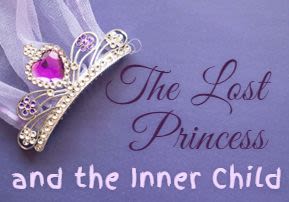
Beshalach: Lost Princess and Inner Child
During a person’s entire life he is on a journey to reach the goal, to actualize all of the potential he has inside and to be who he is truly supposed to be...

The beginning of our Parsha tells of the Jewish people’s journey as they leave the slavery in Egypt and journey towards Eretz Yisrael. “So G-d turned the people toward the way of the wilderness to the Sea of Reeds…They journeyed from Succoth, and encamped in Etham, at the edge of the wilderness.” (Chapter 13, Verses 18-20) The relatively short route to the land of Israel ends up becoming a forty–year journey in the wilderness. Beginning with the Exodus, the Torah details all of the Jewish people’s journeys and encampments as they try to reach the land of Israel. What is the connection between the Jewish people’s journey from Egypt to the land of Israel and our life’s journey today? What can we learn from their journey?
Rabbi Yisrael Asulin explains that really our life is the middle of our journey, because it begins with our soul descending into this world at birth and the end of the journey is when our soul returns to its Creator. During a person’s entire life he is on a journey to reach the goal, to actualize all of the potential he has inside and to be who he is truly supposed to be. The Holy Baal Shem Tov teaches that just as the Jewish people went through 42 smaller journeys during the forty years in the wilderness, so to each person goes through 42 journeys during his lifetime. Leaving Egypt and going on the journey to Eretz Yisrael means leaving our personal state of exile, the state of being disconnected from ourselves, our loved ones and from Hashem and reaching the goal of living with a strong, internal connection to our souls, which shines from the inside to those around us. Life’s journey is finding the Lost Princess.
In Rebbe Nachman’s first story in his book Sipurei Ma’asiot, he tells a beautiful and painful story about the search for a Lost Princess. This is really the story of each and every one of us. There was a King who had six sons and one daughter, and his only daughter was very precious and beloved to him. However, “One time, he was alone with her on a certain day and he became angry at her. He inadvertently said, ‘May the Evil One take you away!’” In the morning the Princess had disappeared. The viceroy, seeing that the King was very upset over what had happened, volunteers to search for her (Before continuing the story, Rebbe Nachman says that the viceroy searched for her a very long time until he found her). The story continues to tell of the viceroy’s very long journey, with many trials and setbacks, to find the Princess. The King represents Hashem, the King of the World. The Princess represents both G-d’s presence in the world, known in Hebrew as the shechinah, and it also represents the Jewish soul, which is sent far away from its Maker as it descends into this world. This is why the King banished his daughter and said that “the evil should take you away.” The Princess is longing to return to the King and to the Palace, however in this world many times Hashem’s light is hidden from us. The viceroy is us as we journey in this world searching for the Lost Princess, searching and striving to return to our neshamas (souls) and to G-d. Rebbe Nachman promises us that in the end you will find her, your lost princess, this deep and eternal connection. If a person is truly searching and doesn’t give up, in the end they will find her. (Based on the Breslov Research Institute printing with Rabbi Aryeh Kaplan’s explanation)
“Once there was a child. A child who was happy, innocent, spontaneous and full of life. A child for whom the long arm of ‘physical appearances’ had not yet reached him, and his soul was still clean and free from all of the social norms and external expectations that program a person how to live. He was a special creation with no masks… Once there was a child and he was real, this child. It’s not a song or a story, this is me and you; this child who walked with spontaneity and satisfaction under the stars above, and he was the same on the outside as the way he felt in his heart. He smiled and laughed when he was happy. He cried when he wanted to cry, and shed tears when they came to him. He wanted everything that he felt a desire for, and he was not influenced by all of the external demands which stop a person so much from being himself.” (Rav Yisrael Asulin, the Inner Child)
I believe from what I’ve learned and what I’ve experienced on my own journey that this is part of finding the lost princess, finding our true selves– returning to our childhood purity, who we were before we started learning to behave the way we are expected to by society or saying what we’re supposed to say in certain situations; we were just simply ourselves, pure and simple the way Hashem created us. The Torah and the Tzaddikim are teaching us that this is the essence of our journey in life, expressing the goodness, purity and beauty of our souls, despite all of life’s difficulties, and returning to Hashem the way that He brought us into the world, a pure soul.
(Inspired by recent classes I heard by Rabbi Moshe Weinberger on the Lost Princess and Rabbi Shlomo Katz, teaching a class from Rav Avraham Tzvi Kluger about the inner child.)
***
Republished with permission from breslov.blog.



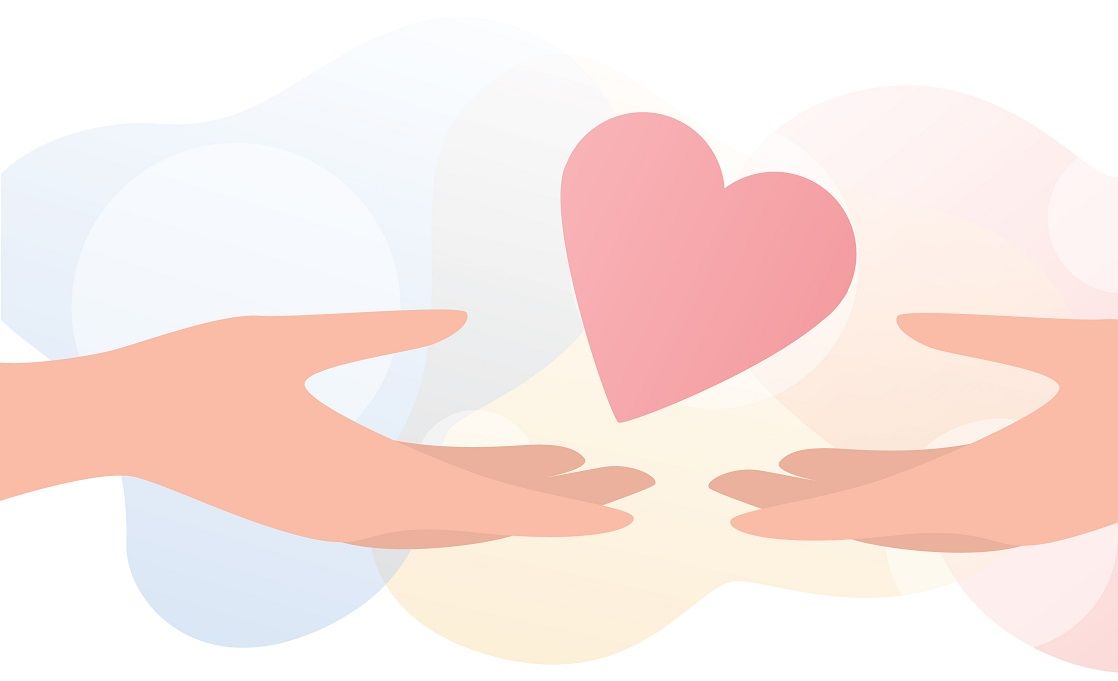
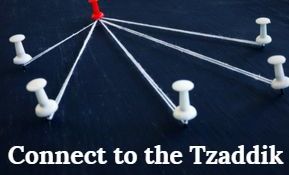
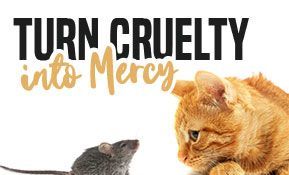

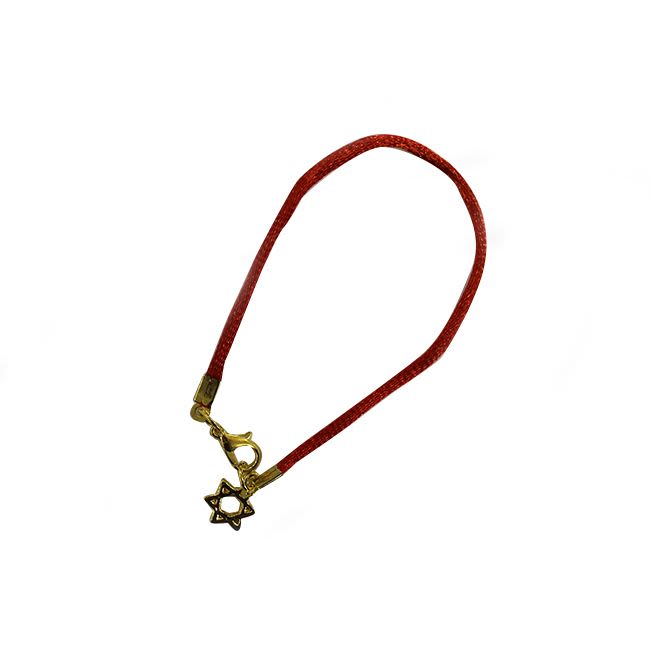
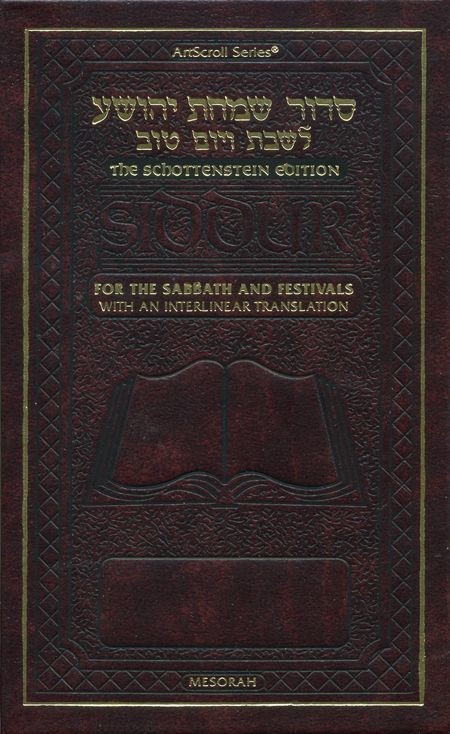
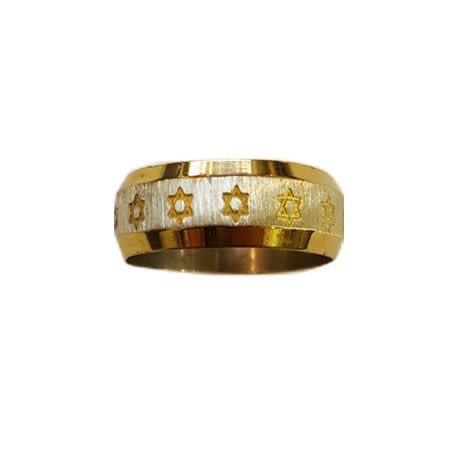
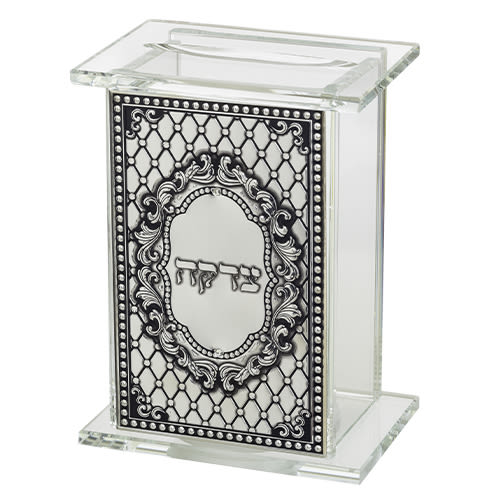
Tell us what you think!
Thank you for your comment!
It will be published after approval by the Editor.